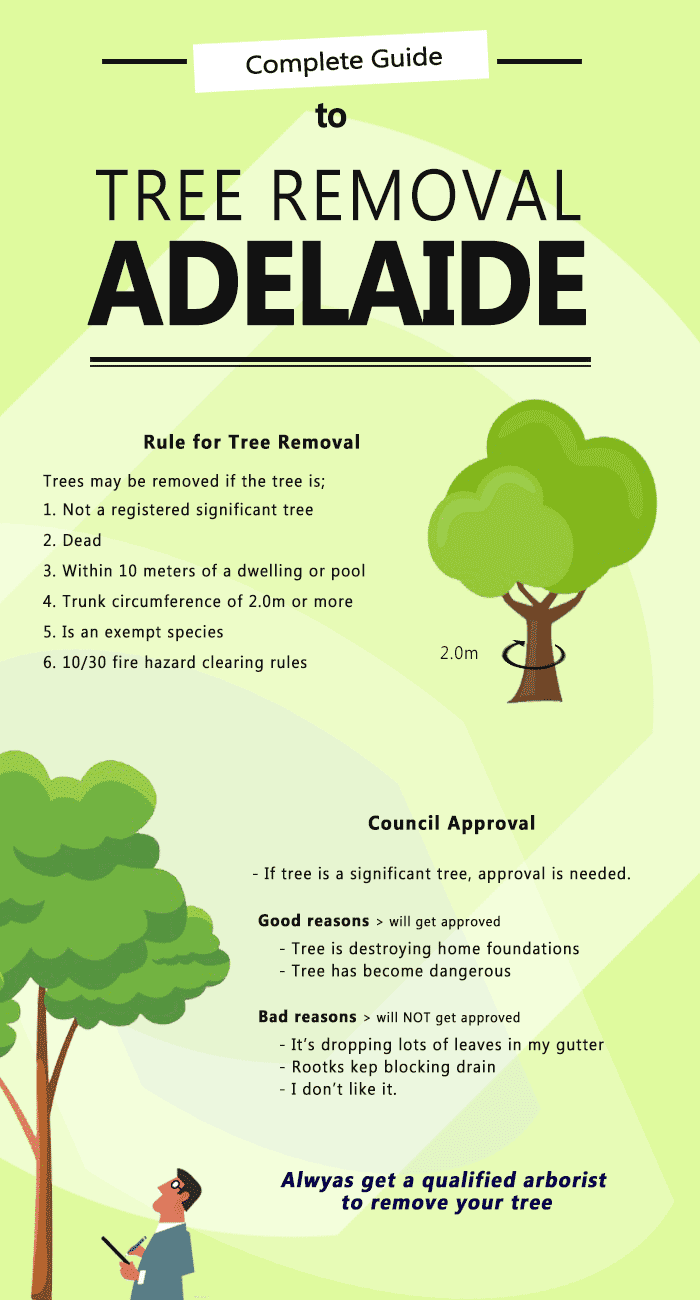Assessing Tree Health And Wellness: Guidelines For Picking Tree Elimination
Assessing Tree Health And Wellness: Guidelines For Picking Tree Elimination
Blog Article
Web Content By-Bailey Britt
If you've ever wondered about the fate of the trees on your home, recognizing when it's time for elimination is vital. Yet just how do you determine if a tree can be conserved or if removal is the only option? By looking for details indications and assessing safety risks, you can make informed choices that benefit both your landscape and your surroundings. Let's explore the essential aspects that enter into play when deciding the destiny of a tree and how you can make certain the best end result for your eco-friendly buddies.
Indications of Tree Decline
If you see any one of the adhering to signs of tree decrease in your backyard, it might be time to take into consideration tree elimination.
One common sign is dead or decaying branches, which can suggest underlying issues influencing the tree's health. Watch out for tarnished or shrivelled fallen leaves that persist despite appropriate treatment, as this could be a sign of condition or pests.
Another warning signal is excessive leaning or a visible change in the tree's base, which might recommend origin concerns or structural instability. Keep an eye out for fungal development on the trunk or origins, as this can suggest rot and jeopardize the tree's stability.
In addition, if you observe large cracks in the trunk or major arm or legs, it's important to deal with these problems quickly to stop prospective hazards. Resolving these indicators of tree decline immediately can help keep the security and aesthetics of your yard environment.
Safety and security Problems
To make sure the wellness of your home and those around you, prioritizing safety concerns connected to trees is paramount. Trees can posture numerous safety and security risks otherwise properly maintained. Dead or decaying branches may drop all of a sudden, jeopardizing people or destructive structures.
Leaning trees can likewise be harmful, specifically if they're leaning towards a building or power lines. In addition, trees with extensive origin systems near foundations or underground energies can cause substantial damage over time.
It's important to regularly inspect your trees for any kind of signs of prospective risk. Look out for cracks in the trunk, huge tooth cavities, or signs of condition and degeneration. If you notice any of these concerns, it's best to consult with a specialist arborist to analyze the scenario and identify the needed course of action.
Taking aggressive steps to attend to safety concerns immediately can protect against accidents and building damages in the future. Remember, the safety and security of your home and those around you must always be the leading concern when it comes to tree maintenance.
Consulting an Arborist
When considering the health and safety of your trees, getting in touch with an arborist is an important action. mouse click the up coming document are trained experts who concentrate on the care and upkeep of trees. They can analyze the overall health and wellness of your trees, recognize any kind of issues such as conditions or architectural troubles, and supply expert recommendations on the most effective strategy.
By seeking read here from an arborist, you can receive beneficial understandings right into the problem of your trees and identify whether removal is essential. Arborists have the expertise and experience to evaluate the threats associated with maintaining a tree versus removing it. They can likewise supply support on alternate solutions, such as trimming, cabling, or bracing, to help protect the tree whenever feasible.
Additionally, arborists can aid you browse any type of neighborhood policies or permits that may be needed for tree removal. Their know-how can make sure that the procedure is carried out securely and in compliance with any kind of relevant regulations.
Final thought
To conclude, when identifying whether trees can be saved or if elimination is needed, it is important to think about indications of decrease and safety and security worries. Consulting an arborist for a comprehensive analysis is essential in making the very best decision for the tree's wellness and potential hazards. Remember, aggressive treatment and prompt action can aid preserve trees and avoid accidents.
